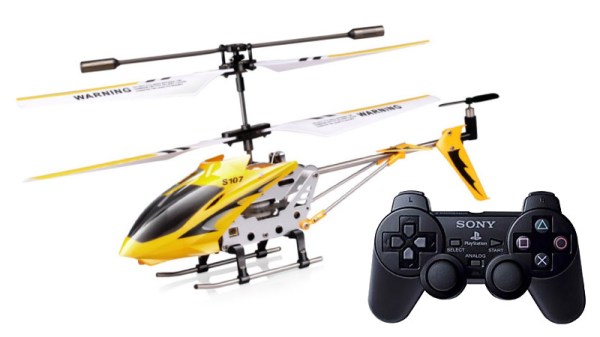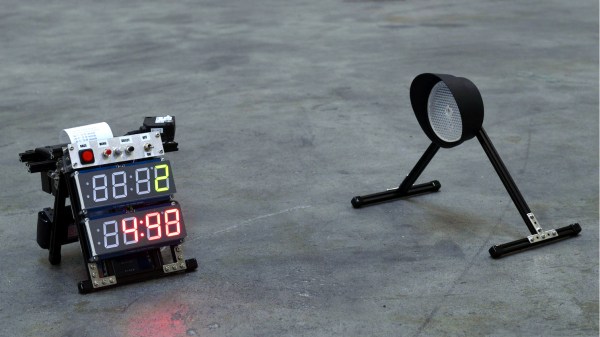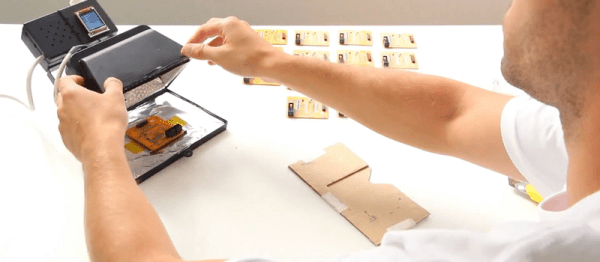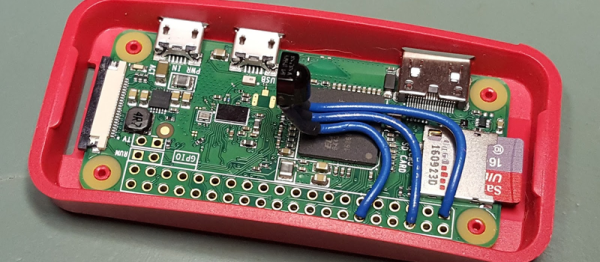The Syma S107G is a venerable stalwart of the micro helicopter market. Affordable, robust, and ubiquitous, the S107G relies on infrared to receive its control signals. Emboldened by the prior work of others, [Robert] set out to control his with a Playstation 2 controller.
In this project, [Robert] is standing on the shoulders of giants, so to speak – we’ve seen others reverse engineer the S107G’s communications protocol before. [Robert] combined the efforts of several others to understand how to send commands to the helicopter, including use of two separate channels for controlling two at once.
With the knowledge of the necessary protocols, it’s then a matter of hooking up 3 LEDs in a somewhat unconventional series arrangement with a 9 volt supply, to be switched by an Arduino hooked up to a computer. A Javascript application running on the computer reads the state of a Playstation 2 controller, and spits it out over serial to the Arduino, which flashes the LEDs.
It’s not the neatest, most lightweight way of building a new controller for your remote control toy, but it does show how quickly one can throw together a project in a weekend by combining modern hardware and software tools. Plus, it’s a great learning experience on a platform that’s been experimented with the world over.


















